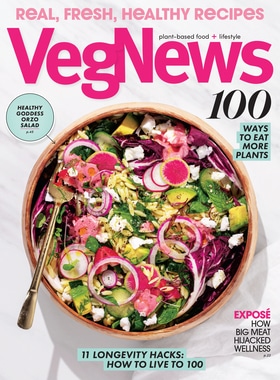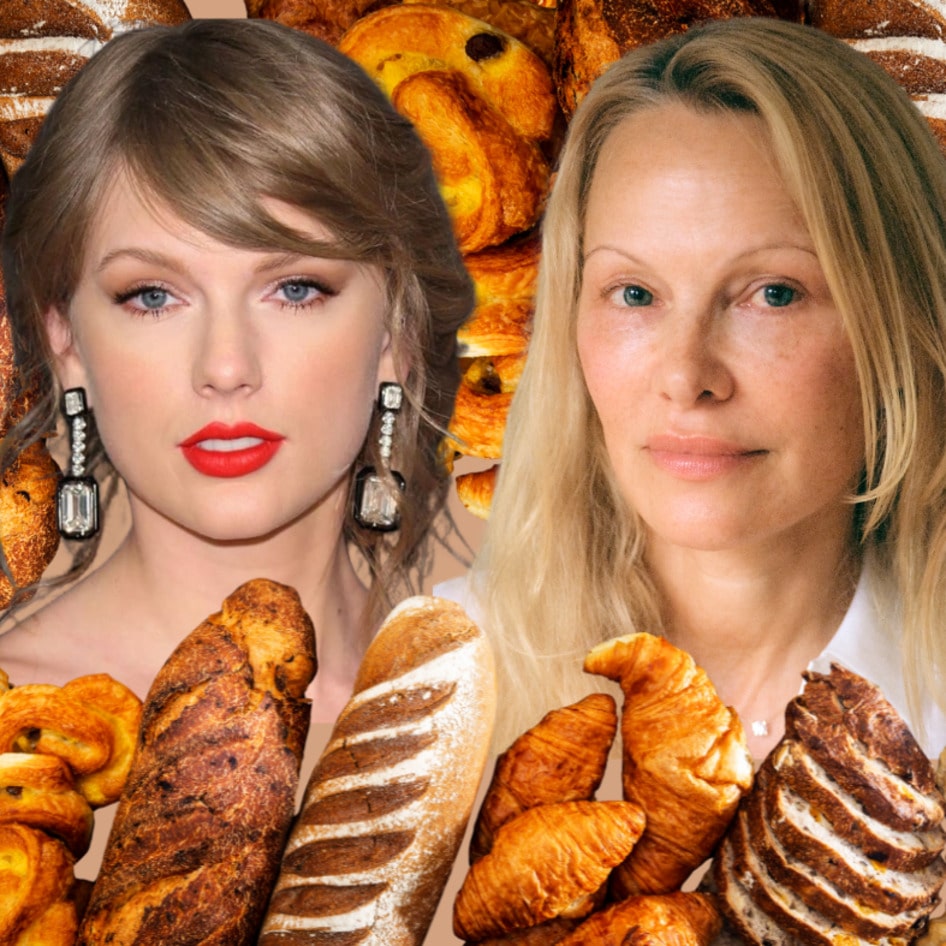Veg Progress
With October being World Vegetarian Awareness Month, what better way to celebrate veg-living than with a look back at our plant-based progress? VN writer Mat Thomas leads us back to our veg roots.
October 3, 2008
Freya Dinshah was born into a vegetarian family in England. Her earliest memories include outdoor lunches with a local vegetarian group followed by trips down the river Mole in a rowboat to a picnic site for tea time. “Over the years, the boat began to leak,” she recalls. “Some rowed and Some bailed.”
It seems an apt metaphor for the vegetarian movement during her adolescence in the 1950s, at least in America. Following World War II, unprecedented economic prosperity, suburbanization, and the introduction of factory farming drove meat and dairy consumption to an all-time high. Aside from the occasional beatnik or “health nut,” there weren’t many vegetarians around in those days. A rarity among rarities, Dinshah became a vegan at age 18. This was in 1959, and even she was not exactly sure how her health would fare. But that same year, she moved to the US and married Jay Dinshah, founder of the American Vegan Society, an organization that played a pioneering role in bringing plant-based eating to the states.
Though veganism was still in its infancy in the early ’60s, the Dinshahs enjoyed a far-ranging diet-from brown rice and dal to homemade deep-dish pizza with soy cheese—even without all of today’s modern culinary conveniences. They made their own almond milk, as well as “ice cream” (by putting bananas and cashew nuts in the blender and freezing the results). The only meat alternatives available at the time came in cans and were made by Loma Linda, a company run by Seventh Day Adventists.
Times certainly have changed—mainly for the better. In the last decade, vegetarianism and, especially, veganism, have become increasingly visible in mainstream culture, while more and better-tasting meatless options continue to show up on supermarket shelves and restaurant menus. there are also more social institutions to support the veg lifestyle today—from vegetarian societies to vegan eateries-as well as an increased awareness and acceptance of vegetarianism among the general public. Though we are still a minority living in a carnivorous civilization, vegetarians now have more resources, an improved image, and a voice. Hurray for that!
JUMP TO ... Latest News | Recipes | Guides | Health | Subscribe







